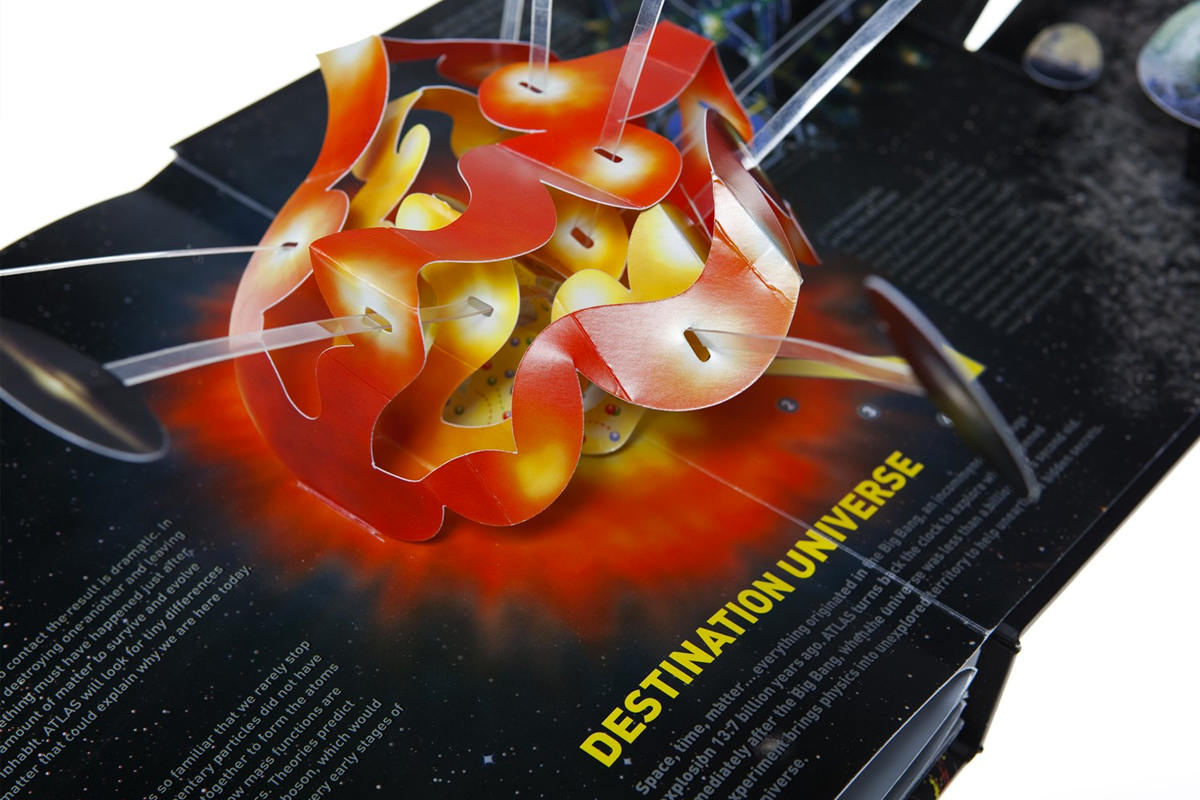LHC Pop-Up Book

Discover the Large Hadron Collider in full 3D pop-up, one of the greatest adventures in science today. Engineering wizardry leaps from the page to reveal its inner workings. The book tells the story of the ATLAS experiment at the Large Hadron Collider.
